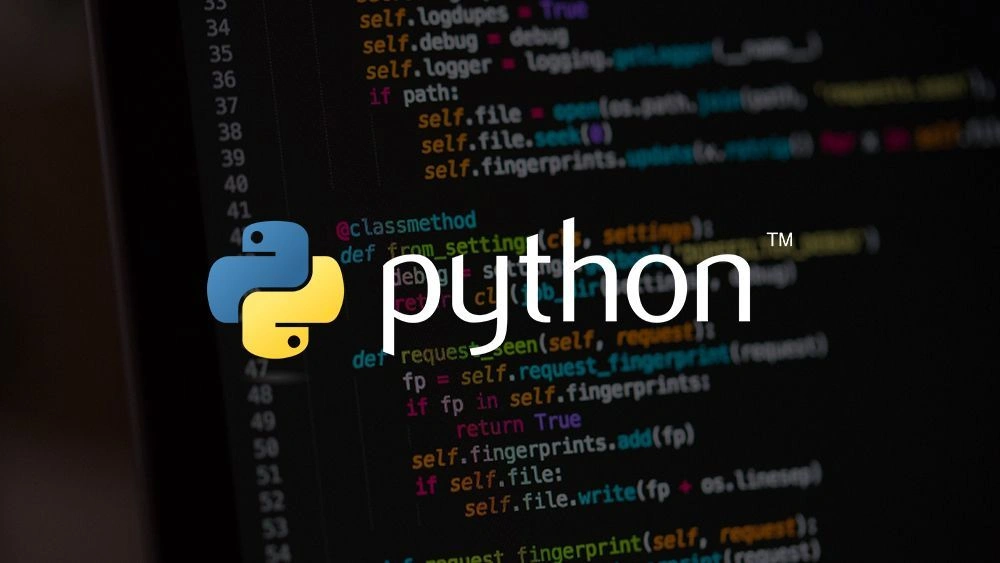
Needless to say, how important data science is for organizations today in this data-driven world. Industries are using data science to gain never-seen-before insights, make informed decisions, predict future trends, and what not. And one of the most important tools in the data science industry is the Python programming language.
Python is a simple and versatile programming language that comes with a huge resource of libraries and tools making it the most preferred choice for aspiring as well as experienced data science professionals.
In this article, we will discover why Python is such a popular programming language, its use cases, libraries, and key features, and how you can get started with Python in your data science career.
Why Python for Data Science?
The first and foremost thing: why Python for data science?
Well, Python originally wasn’t developed for data science. But soon it became the most popular and most used programming language in the data science domain. There are several factors that have contributed to the rise of Python, such as:
- Easy to Learn and Use
Compared to other programming languages, Python is one of the easiest languages to use and learn. It comes with a clean and readable syntax resembling with plain English language. Therefore, beginners as well as experienced developers can quickly learn to write and understand code that is essential while handling complex data analysis tasks.
- Open Source
Python is an open-source programming language, which means anyone can use it for free and contribute to its development. Python has one of the largest communities of developers, researchers, and data scientists who continuously contribute to its development by creating and maintaining powerful libraries for data science.
- Huge Libraries
Whether you are looking for data manipulation or data visualization, machine learning or deep learning, Python can offer you a library for each and every aspect of data science. You can leverage these libraries to significantly minimize your time to write algorithms from scratch, so that you can focus more on insights and results.
Most importantly, Python can run seamlessly across all operating systems, including Windows, Linux, macOS, and others, making it easy to deploy data science projects in different environments.
Important Python Libraries for Data Science
Now, let us explore the most powerful Python libraries for data science that you can use for your projects.
- NumPy
NumPy or Numerical Python offers support for large multi-dimensional arrays and matrices, and also has a huge collection of mathematical functions to operate on these arrays. NumPy is also the foundation for other Python libraries like Pandas and SciPy.
Uses – Numerical computation, linear algebra, Fourier transforms, and random number generation.
- Pandas
Another popular library in Python for data science is Pandas that is widely used for data manipulation and analysis. It offers two data structures – Series and DataFrame, that make reading, cleaning, and analyzing data simple.
Uses: Data cleaning, data wrangling, time series analysis, merging datasets.
- Matplotlib and Seaborn
Data visualization is an important component of exploratory data analysis (EDA) to present insights in a visually attractive manner. Matplotlib is a low-level plotting library, and Seaborn is built on top of it, offering a higher-level and more visually appealing interface.
Uses – To create line graphs, histograms, heatmaps, and other kinds of data visualization.
- Scitkit-learn
It is another powerful library used for machine learning. It consists of simple and efficient tools for data science professionals working on data mining and analysis tasks such as classification, regression, clustering, dimensionality reduction, etc.
Uses: Predictive modeling, building ML pipelines, and model selection.
- TensorFlow and PyTorch
These are excellent deep learning frameworks developed by tech giants like Facebook (PyTorch) and Google (TensorFlow) and support development, training, and deployment of neural networks.
Uses – Natural language processing, image recognition, generative AI, and more.
Common Applications of Python in Data Science
Not just crunching numbers, Python can be used for a wide range of real-world applications such as:
- Analyzing customer behavior and creating personalized marketing strategies
- Predicting disease outbreaks, analyzing patient records, and improving diagnostic
- Fraud detection in banking and transactions, and predicting stock prices
- Analyzing social media sentiment, chatbots, and document summarization
- Recommendation systems for Netflix, e-commerce apps, and social media platforms.
Data Science Certifications to Master Python
Now that you understand the importance and applications of Python for data science, here are some widely recognized data science certifications and courses that you can consider to master the Python programming language and enhance your data science career.
- Certified Data Science Professional (CDSP™) by USDSI®
- IBM Data Science Professional Certificate
- Python for Data Science and Machine Learning Bootcamp, Udemy
- Applied Data Science with Python Specialization by the University of Michigan
These data science courses and certifications will enhance your data science skills and help you advance your data science career rapidly.
Summing up!
Python is a very important programming language in data science, offering vast amounts of tools and resources to help you with your data science projects. It is one of the core skills you need to master to excel in your data science career. So, check out the best courses and start learning Python today.



